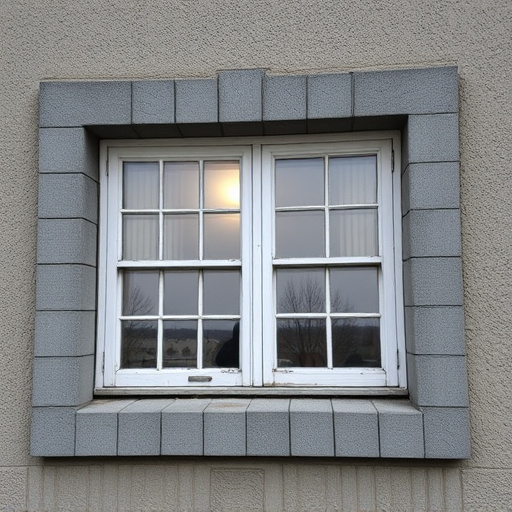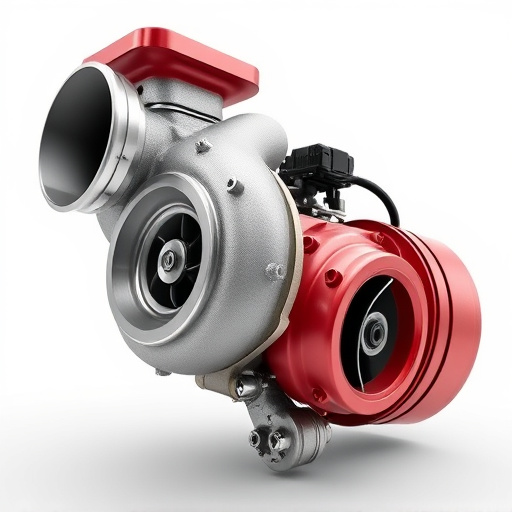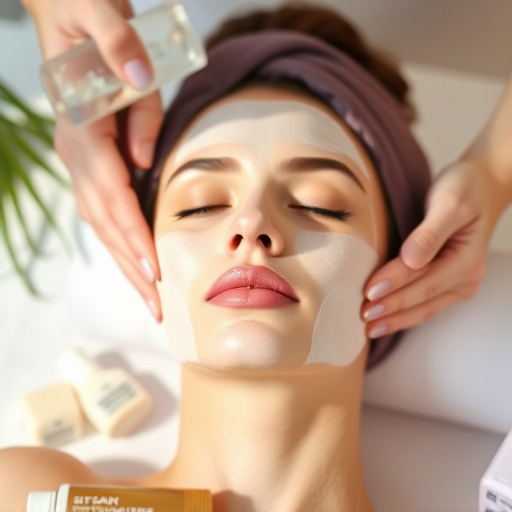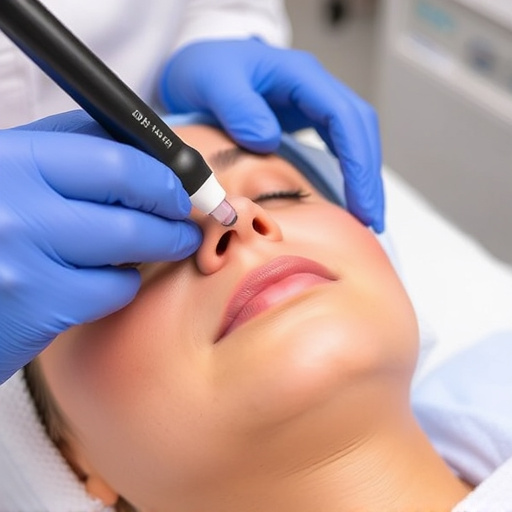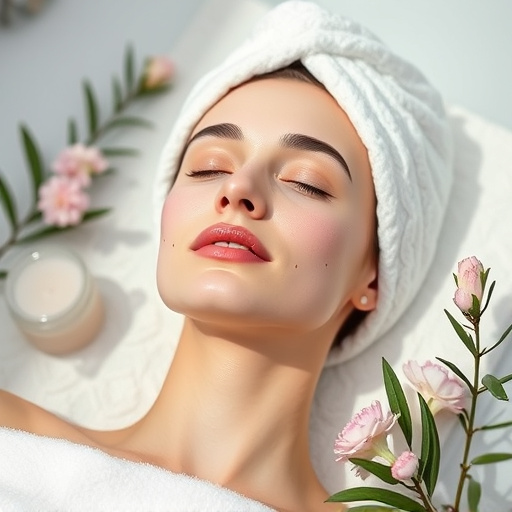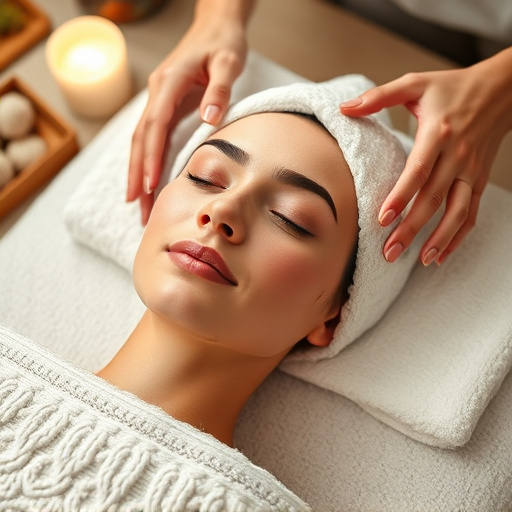Shine control therapy is a specialized, non-invasive skincare solution addressing excess oil production and shiny skin. It combines deep cleaning, exfoliation, chemical peels or extractions, and hydrating facials tailored to individual needs, with session frequencies ranging from every 4-6 weeks for initial treatments to every 6-8 weeks for maintenance. Tracking progress between sessions in a journal is crucial for optimal results, as it helps identify effective aspects of the routine and allows for adjustments guided by a qualified esthetician or dermatologist.
Are you tired of dealing with excessive sweating? Shine Control Therapy offers a game-changing solution. This non-invasive treatment is revolutionizing how we manage hyperhidrosis, providing long-lasting relief.
This article delves into the world of shine control therapy, exploring its benefits and detailed process. We’ll guide you through understanding your body’s needs and determining the ideal frequency for sessions based on individual responses. Additionally, learn how to track progress and adapt your treatment routine for optimal results.
- Understanding Shine Control Therapy: Its Benefits and Process
- Determining the Optimal Frequency for Treatment Sessions
- Tracking Progress and Adjusting Your Routine
Understanding Shine Control Therapy: Its Benefits and Process

Shine control therapy is a specialized treatment aimed at addressing excess oil production and minimizing shiny skin, a common concern for many individuals. This non-invasive procedure involves various techniques to balance the skin’s natural oils and enhance its texture, resulting in a matte, radiant finish. The benefits extend beyond just reducing shine; it also helps to improve skin clarity, reduce the appearance of pores, and create a smooth canvas for makeup application.
The process typically includes deep cleaning to remove excess sebum and impurities, followed by targeted treatments like chemical peels or extractions to exfoliate the skin gently. Hydrating facials are often integrated into the routine to restore moisture balance without adding oiliness. Anti-aging treatments can also be incorporated to address fine lines and wrinkles simultaneously, achieving both shine control and skincare concerns. Personalized skincare is a key aspect, as professionals tailor the therapy to individual skin types and needs, ensuring optimal results.
Determining the Optimal Frequency for Treatment Sessions

The frequency of shine control therapy sessions largely depends on individual skin concerns and goals. For those seeking non-surgical treatments for skin brightening or acne, a good starting point is one session every 4-6 weeks. This allows time for the skin to recover and rebuild its natural barrier while providing enough time between sessions to see gradual results.
As you continue your journey towards achieving a clear, radiant complexion, consulting with a dermatologist or skincare specialist can help determine the optimal frequency. They might recommend more frequent sessions (every 2-4 weeks) if addressing severe acne or other complex skin issues. Conversely, for those with mild concerns or maintaining results post initial treatments, less frequent visits (every 6-8 weeks) may be sufficient to maintain healthy, glowing skin.
Tracking Progress and Adjusting Your Routine

Tracking your progress is essential when undergoing shine control therapy sessions. Between treatments, monitor any changes in skin texture, sebum production, and overall glow. Keep a journal to record your observations—for instance, notice if your pores appear less visible or if the once-oily zones are now feeling more balanced. This method allows you to identify what’s working and adjust your routine accordingly. For example, if significant improvements are noticed after several sessions, you might reduce the frequency of treatments while maintaining the results with a consistent home care regimen.
Regular assessments ensure that your skin stays on track and helps prevent any potential issues. A qualified esthetician can guide you in understanding when to increase or decrease treatment intensity based on your progress. They may also recommend incorporating specific pore refinement techniques or facial treatments into your regular skincare routine to complement the results of shine control therapy.
Shine control therapy can be a game-changer for managing excessive sweating, offering both short-term relief and long-lasting benefits. The optimal frequency of sessions depends on individual needs, with initial treatments every 4-6 weeks often recommended to establish a routine. Subsequently, reducing the interval between sessions to every 2-3 months may be sufficient to maintain results. Regular tracking of progress is key; observe improvements in sweating severity and quality of life, and adjust your treatment schedule accordingly. Remember, consistency is crucial for achieving and maintaining optimal shine control.

